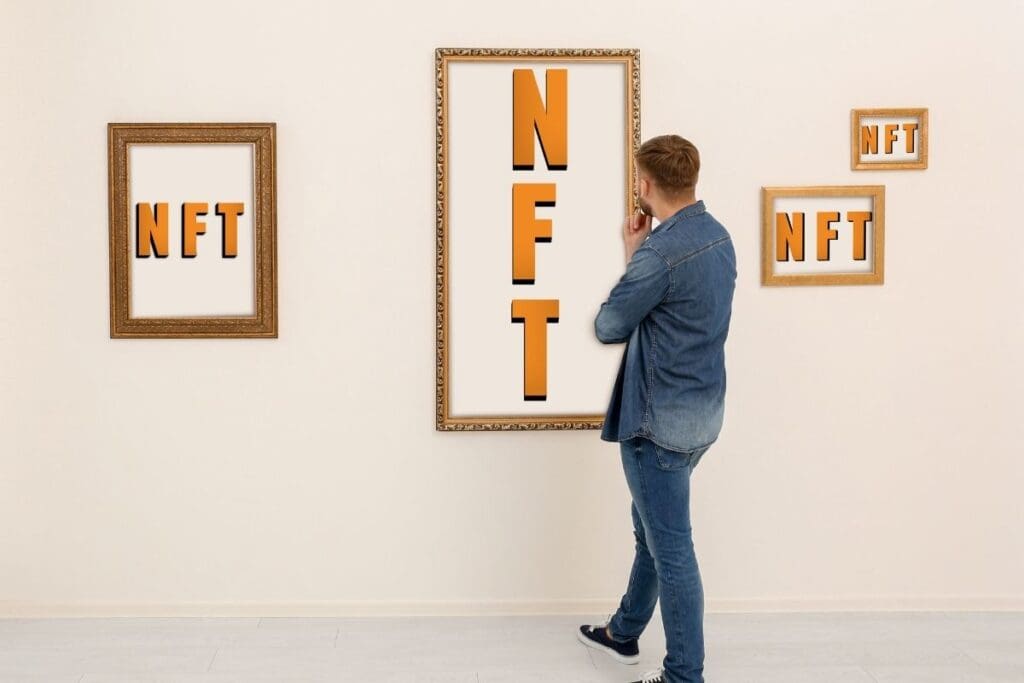
Understanding Delist in NFTs: A Complete Guide
The world of Non-Fungible Tokens (NFTs) has expanded dramatically, bringing with it a wealth of terminology and concepts that are new to many people. One such term, “delist,” is crucial for anyone engaged in NFT trading, collecting, or marketplace participation. In this article, we will take a deep dive into the concept of delisting in the NFT sector, explore its implications, and explain why understanding it is vital for both buyers and sellers.
What Does “Delist” Mean in the NFT World?

In the context of NFTs, delisting refers to the act of removing an NFT from an online marketplace, effectively making it unavailable for sale. It is akin to taking down a listing for a physical item on platforms like eBay or Amazon. When a creator or seller chooses to delist an NFT, they are signaling that the asset is no longer available for purchase or auction, at least for the time being.
There are various reasons why an NFT might be delisted, ranging from market strategies to technical issues. The ability to delist provides sellers with flexibility and control over their digital assets.
Why NFTs Are Delisted

NFTs can be delisted for several reasons, including:
- Price Strategy Adjustments
- Market fluctuations: The NFT market is highly volatile. Sellers may delist their assets to wait for a better market opportunity. For example, if the price of the underlying cryptocurrency (like Ethereum) rises or falls drastically, a seller may choose to delist and relist their NFT at a new price.
- Reevaluating value: Sometimes sellers believe their NFT is undervalued, and by delisting it, they can reprice the asset or even hold it for a longer period, hoping for increased demand.
- Platform-Specific Rules
- Marketplace guidelines: NFT marketplaces, such as OpenSea, Rarible, or SuperRare, have their own policies regarding the assets listed. NFTs that violate these guidelines—whether due to copyright issues, inappropriate content, or technical problems—may be forcibly delisted by the platform.
- Legal Concerns
- Intellectual property disputes: Many NFTs involve the sale of digital art, music, or other content. If there’s a dispute over the ownership or copyright of that content, the creator or marketplace may delist the NFT until the issue is resolved.
- Seller’s Decision
- Personal or creative reasons: Artists or creators might choose to delist their work if they feel the market isn’t ready for it or if they want to maintain exclusivity. Some collectors delist to hold their assets for longer periods, anticipating future market trends that might increase the NFT’s value.
- Item Has Sold Elsewhere
- Cross-market sales: In some cases, an NFT listed on multiple marketplaces might sell on one platform, leading the seller to delist it from the other platforms to avoid confusion.
How to Delist an NFT

Delisting an NFT is generally a straightforward process. Here’s a basic overview of how it works:
- Log into the marketplace: The first step is to sign in to the platform where your NFT is listed (such as OpenSea, Rarible, or Foundation).
- Access your assets: Navigate to the section of your account that contains your NFTs. This could be labeled “My Items,” “My Listings,” or something similar.
- Select the NFT: Find the specific NFT you want to delist from your collection.
- Delist option: Most platforms offer a “Delist” or “Cancel Listing” button. Clicking this will initiate the process of removing the NFT from public view and making it unavailable for sale.
- Confirm the delist: After selecting to delist, you will likely be prompted to confirm your decision, and on some blockchain-based platforms, you may need to pay a gas fee to complete the process.
Risks and Considerations of Delisting NFTs

While delisting provides flexibility, there are a few risks and costs to consider:
- Gas Fees
- When operating on platforms built on the Ethereum blockchain, delisting can incur gas fees. These are transaction fees that must be paid to the network to complete the delisting action, and they can vary significantly depending on network congestion.
- Missed Opportunities
- By delisting an NFT, the seller risks missing out on potential buyers who may have been willing to purchase the asset at the listed price. In fast-moving markets, delisting an asset could mean losing out on a quick sale.
- Loss of Visibility
- Once an NFT is delisted, it loses any visibility it had from being in an active marketplace. This can affect demand and long-term sale prospects, especially if the NFT was gaining traction or becoming popular.
- Market Fluctuations
- The NFT market is unpredictable, and while delisting might be a strategic move, it can also backfire. Prices of similar NFTs might surge after delisting, leaving the owner to question whether they made the right decision in pulling the asset from the market.
Benefits of Delisting NFTs

Despite the risks, there are several advantages to delisting NFTs:
- Market Timing
- Sellers who understand market trends may benefit from waiting for a better time to sell. Delisting an NFT allows them to pull the asset from a saturated market, wait for a price increase, or simply relist it at a time of higher demand.
- Exclusivity and Scarcity
- By temporarily delisting an NFT, sellers can create a sense of scarcity, which can drive up demand when the asset is eventually relisted. This tactic is common in high-end art markets and can work well in the NFT space too.
- Price Revisions
- Delisting provides the opportunity to reprice the asset based on market conditions. If a seller feels their NFT is undervalued, delisting it, and relisting it at a higher price can maximize profit potential.
- Control Over Sales
- Delisting gives sellers the ultimate control over when and how their NFTs are sold, allowing them to time their listings based on personal financial goals or market insights.
Understanding the concept of delisting in the NFT sector is essential for both creators and investors. It’s a powerful tool that offers flexibility but also comes with costs and risks. Whether you’re a seasoned NFT trader or new to the market, mastering the art of when to list, delist, or relist your assets is crucial for maximizing profitability and market presence.
By keeping track of market trends, evaluating transaction fees, and understanding the impact of scarcity, you can make informed decisions about delisting your NFTs. As the NFT market continues to evolve, so too will the strategies surrounding listing and delisting, making this an ever-relevant topic for those in the space.
You may also like this content
- What is DYOR? Its Importance and Role in the NFT Space
- Understanding Dutch Auction in the World of NFTs
- Discord: The Digital Hub for NFT Communities
Follow us on TWITTER (X) and be instantly informed about the latest developments…












